WHAT
A "Rae of Sunshine" in Every Heart!

What Is Our Focus
“Do nothing out of selfish ambition or vain conceit. Rather, in humility value others above yourselves, not looking to your own interests but each of you to the interests of the others.”
Philippians 2:3-4


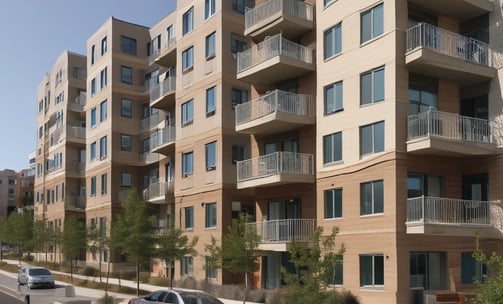

Community Welfare Initiatives
Affordable Housing Initiatives
Our Initiatives
We are focused on two sets of initiatives...
AFFORDABLE HOUSING INITIATIVES
Our affordable housing initiatives includes, but are not limited to, the comprehensive list of affordable housing options below:
1. Government-Sponsored Housing Programs
Public Housing: Government-funded housing units that are rented out at below-market rates to eligible low-income families and individuals. These programs are typically administered by local housing authorities.
Section 8 Housing Choice Vouchers: A federal program in the U.S. that provides vouchers to low-income individuals and families to help pay for private rental housing. The program helps make market-rate housing more affordable.
Low-Income Housing Tax Credit (LIHTC): A federal tax incentive in the U.S. that encourages private developers to build affordable rental housing by offering tax credits in exchange for keeping rents affordable.
Rent Subsidy Programs: Rent subsidy programs help lower-income individuals pay a portion of their rent, making private rentals more affordable.
2. Subsidized Housing and Rental Assistance
Subsidized Rent: Housing units where the government or a non-profit organization helps pay part of the rent to make it affordable for low-income tenants.
Affordable Housing Trust Funds: Funds used by governments at various levels to develop, rehabilitate, and operate affordable housing projects.
Community Land Trusts (CLTs): Nonprofit organizations that acquire and hold land for the benefit of the community, typically to build affordable housing and ensure long-term affordability.
3. Non-Profit Housing Developments
Non-Profit Housing Organizations: Many non-profit groups build, manage, and operate affordable housing units, often targeting specific groups like seniors, disabled individuals, or low-income families.
Cooperative Housing (Co-ops): A housing model where residents own a share in the property and have a say in how the property is managed. It is often more affordable than renting because costs are shared and management is done collectively.
4. Inclusive Zoning and Housing Policies
Inclusionary Zoning: Policies that require a certain percentage of new housing developments to be set aside for affordable units. These programs ensure that affordable housing is included in new market-rate developments.
Density Bonuses: Local governments may offer developers increased density (more units) or other incentives in exchange for providing affordable housing in their developments.
Rent Control and Rent Stabilization: Local laws that limit how much rent can be increased annually, providing long-term affordability to renters in high-demand areas.
5. Affordable Homeownership Options
Shared Equity Housing: A homeownership model where the cost of the home is shared between a buyer and a public or non-profit entity. In exchange, the buyer receives an affordable purchase price, and the entity may retain a portion of the home’s equity when it is sold to ensure it remains affordable.
Down Payment Assistance Programs: Government or non-profit programs that provide loans or grants to help first-time homebuyers or low-income individuals cover the cost of a down payment.
Homebuyer Education Programs: These programs offer training on budgeting, saving, and managing mortgage payments to help first-time buyers make informed decisions.
6. Tiny Homes and Alternative Housing Models
Tiny Homes: Small, often mobile homes that are built to be affordable alternatives to traditional housing. They can be located in designated communities or on private land.
Modular Homes: Pre-manufactured homes that are more affordable than traditional homes and can be placed on land to offer low-cost housing.
Shipping Container Homes: Converted shipping containers used as affordable and sustainable housing units.
7. Affordable Housing for Specific Groups
Senior Housing: Housing units specifically designed for older adults, often with lower rents, subsidies, and access to supportive services.
Student Housing: Affordable rental options specifically targeted to students, typically near universities or colleges, often with shared living spaces and lower rents.
Homeless Shelters and Transitional Housing: Temporary accommodations for individuals or families experiencing homelessness, with a focus on helping them transition to permanent housing.
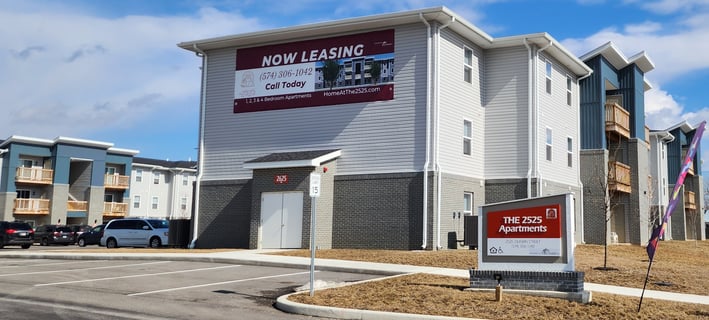

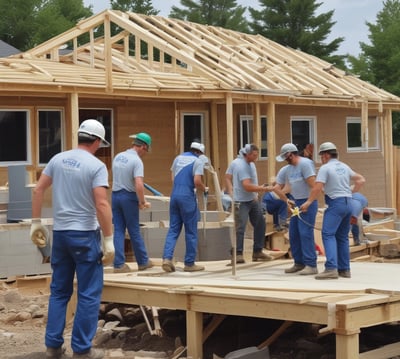

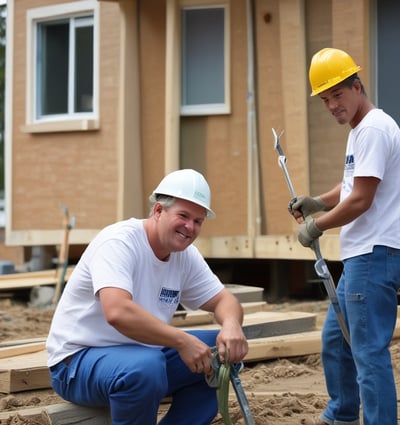

8. Access to Land
Land Bank Programs: Local government or non-profit organizations acquire vacant or abandoned land to repurpose it for affordable housing or community development.
Land Grants: Land is made available to low-income families or communities at reduced or no cost to help them build homes.
9. Private Sector and Market-Based Solutions
Affordable Rental Housing by Private Developers: Some developers build affordable rental properties, often supported by government incentives like the Low-Income Housing Tax Credit.
Micro-Apartments: Small studio apartments designed to maximize living space while keeping costs low. They are often located in urban areas where housing prices are high.
10. Alternative Financing Models
Crowdfunding for Housing Projects: Some affordable housing projects are funded by crowdsourcing platforms, allowing individuals to invest in or donate to the development of affordable housing projects.
Social Impact Bonds: Private investments used to finance housing projects aimed at improving social outcomes, with returns tied to the success of the project in achieving those outcomes (e.g., reducing homelessness).
11. Sustainable Housing
Energy-Efficient Housing: Homes built or renovated to reduce energy consumption, thus lowering utility costs, which can contribute to overall affordability.
Green Building Incentives: Governments or non-profits offering funding or tax breaks for environmentally sustainable housing projects, which can help lower long-term costs for residents.
12. Rent-to-Own Programs
Rent-to-Own: Programs that allow tenants to rent a property with the option to buy it after a certain period. A portion of the rent paid can be applied to the purchase price, making homeownership more accessible over time.
13. Shared Housing Models
Roommates and House Shares: Renting out individual rooms in a house or apartment, which can make housing more affordable for individuals or families by sharing the costs with others.
Senior Roommate Programs: Some programs pair older adults with roommates to help with costs, especially in areas with high rental rates.
Affordable Housing Initiatives are programs, policies, and strategies designed to provide housing options that are financially accessible to low- and moderate-income individuals and families. These initiatives aim to reduce the cost burden of housing, ensuring that people do not have to spend a disproportionate share of their income on rent or mortgage payments.
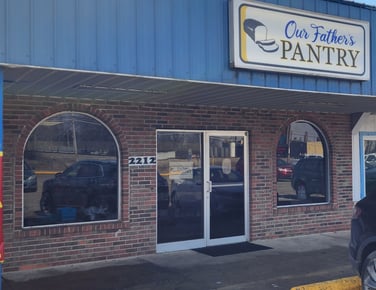

1. Food Security Programs
These initiatives aim to fight hunger and malnutrition by ensuring people have access to nutritious food.
Food Banks: Collect, store, and distribute food to local food pantries and charities.
Food Pantries: Directly provide food to families in need.
Soup Kitchens & Community Meals: Offer free meals, especially for homeless and low-income individuals.
School Meal Programs: Ensure children receive free or reduced-cost meals in schools.
Community Gardens & Urban Farming: Encourage self-sustainability by growing fresh produce.
Impact: Reduces hunger, improves nutrition, and supports struggling families.
2. Housing Assistance
Addresses homelessness and helps low-income individuals find stable housing.
Homeless Shelters: Provide temporary housing and basic necessities.
Transitional Housing: Helps people move from shelters to independent living.
Affordable Housing Programs: Government or nonprofit programs that subsidize rent or provide low-cost housing.
Emergency Rent & Utility Assistance: Prevents eviction and homelessness.
Tiny Homes & Low-Cost Housing Projects: Offer alternative, sustainable housing for those in need.
Impact: Provides safety, stability, and a foundation for rebuilding lives.
3. Healthcare Access
Ensures that people, regardless of income, have access to medical care.
Free & Low-Cost Clinics: Offer general healthcare, dental care, and mental health support.
Substance Abuse & Rehabilitation Programs: Help individuals recover from addiction.
Mental Health Services: Provide therapy, crisis hotlines, and support groups.
Senior & Disability Services: Offer healthcare support and assistance programs for elderly and disabled individuals.
Impact: Improves overall health, reduces medical crises, and supports vulnerable populations.
4. Education & Skill Development
Empowers individuals by increasing literacy, skills, and career opportunities.
Adult Literacy & GED Programs: Help individuals gain basic education and certification.
Vocational & Job Training: Teach practical skills for employment.
Scholarships & Financial Aid: Support students in pursuing higher education.
After-School & Youth Development Programs: Provide educational and recreational activities for children.
Digital Literacy Programs: Teach computer and internet skills to bridge the technology gap.
Impact: Reduces unemployment, increases earning potential, and enhances social mobility.
5. Financial Assistance & Economic Support
Provides economic relief to struggling families and individuals.
Unemployment Benefits: Temporary financial aid for job seekers.
Microloans & Small Business Grants: Support entrepreneurs and startups.
Financial Literacy Programs: Teach budgeting, saving, and investing skills.
Emergency Cash Assistance: Helps families cover unexpected expenses.
Public Assistance Programs (Welfare, SNAP, etc.): Government aid for basic needs.
Impact: Reduces poverty, encourages self-sufficiency, and promotes financial stability.
6. Child & Family Welfare
Protects and supports vulnerable children and families.
Foster Care & Adoption Services: Provide safe homes for children in crisis.
Childcare Assistance Programs: Help low-income families afford quality childcare.
Parenting Support Groups: Offer guidance and resources for parents.
Domestic Violence Shelters & Support: Assist victims of abuse with safe housing and legal help.
Youth Mentorship & Counseling: Guide at-risk youth toward positive paths.
Impact: Strengthens families, protects children, and creates safer communities.
7. Community Engagement & Advocacy
Encourages civic involvement and protects human rights.
Legal Aid Services: Provide free or low-cost legal assistance for low-income individuals.
Immigrant & Refugee Assistance: Helps new arrivals with housing, jobs, and legal documentation.
Neighborhood Revitalization Projects: Improve infrastructure, safety, and public spaces.
Volunteer & Social Service Programs: Encourage community participation in welfare activities.
Civil Rights & Advocacy Groups: Work to ensure equality and social justice.
Impact: Creates stronger, more connected communities and promotes social justice.
Final Thoughts
Community Welfare Initiatives are essential for creating a more equitable and supportive society. By addressing fundamental human needs—such as food, shelter, healthcare, education, and economic stability—these programs help people improve their quality of life and contribute positively to their communities.
COMMUNITY WELFARE INITIATIVES
Our community welfare initiatives includes, but are not limited to, the comprehensive list of community welfare initiatives options below:


Community Welfare Initiatives are programs, policies, and efforts designed to improve the overall well-being, quality of life, and social support systems within a community. These initiatives often focus on addressing fundamental needs such as health, housing, and social services, particularly for vulnerable and underserved populations.
© 2025. All rights reserved.
We are dedicated to making a difference through charitable initiatives. Explore our mission and make a donation today. Your support helps us bring light to those in need. Join us in our journey to spread kindness and hope.
MAILING ADDRESS:
Rae of Sunshine Charitable Foundation, Inc.
3600 Commerce Drive #1010
Warsaw, IN 46580
EMAIL:
TOLL-FREE NUMBER:
(866) 688-4RAE (4723)
Rae of Sunshine Charitable Foundation, Inc.
Your generous gift will bring hope to many. Please, donate now!


